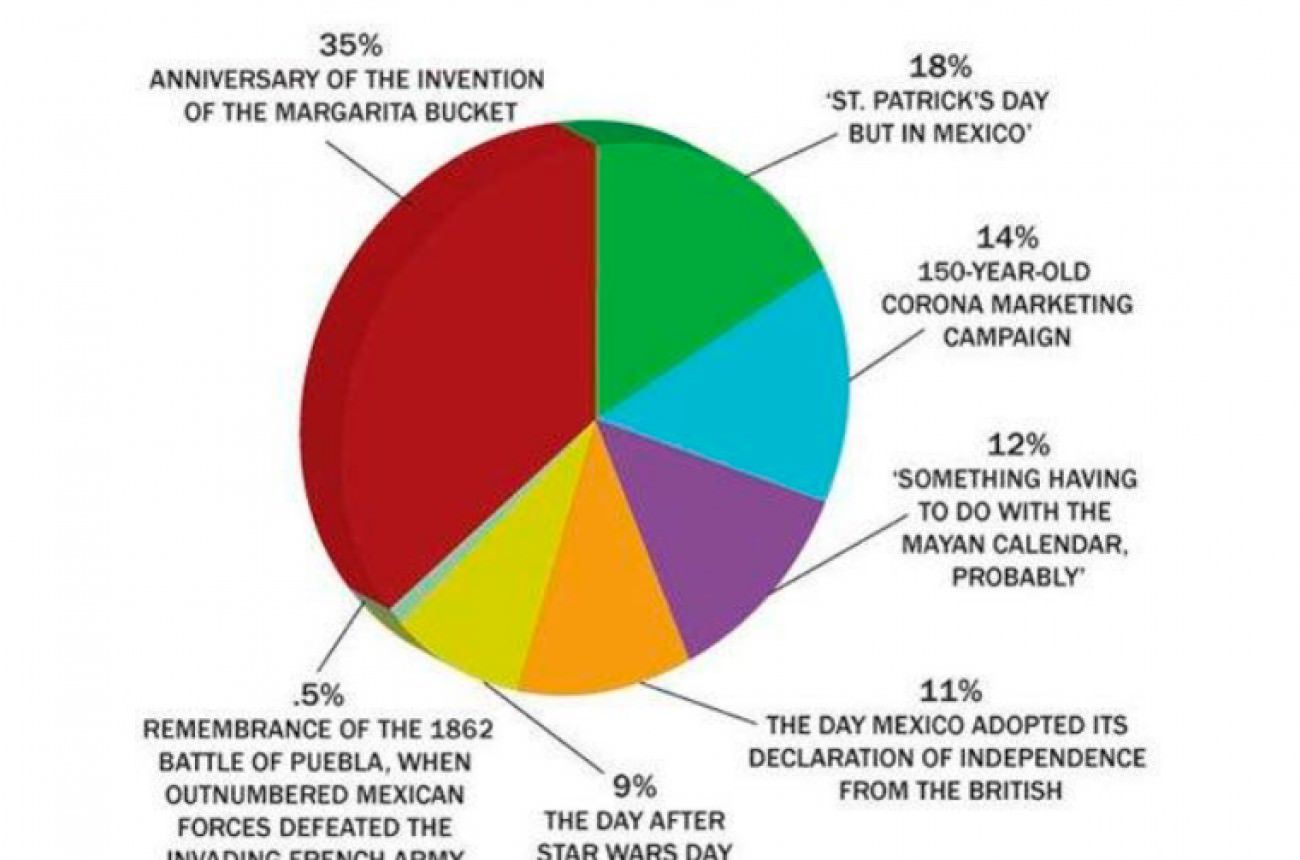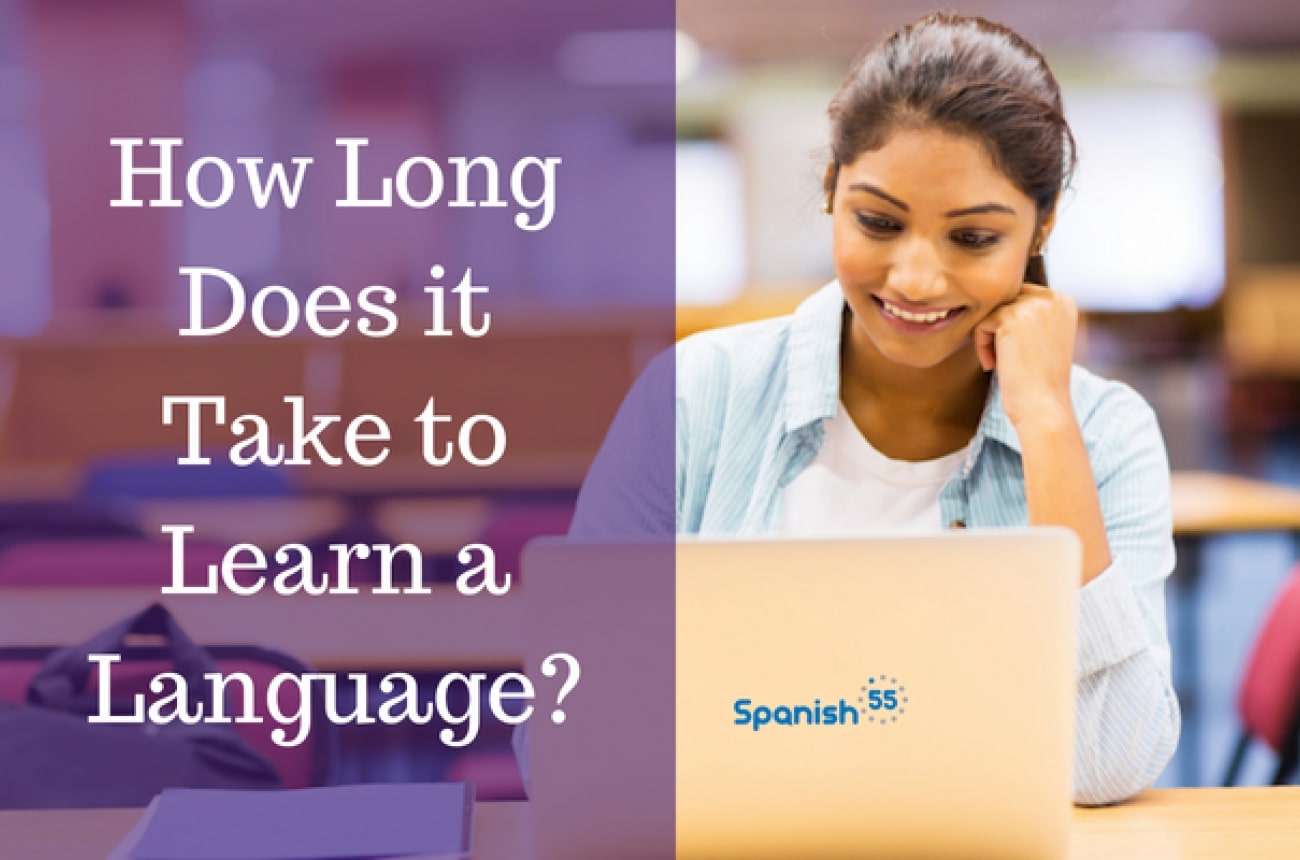Have you ever found yourself stuck in a rut as a teacher? Sometimes we fall into using the same approach every class: 1. Learn a new topic through a text or conversation, 2. Observe vocabulary and new language forms, 3. Teach the new grammar, 4. Answer practice exercises, 5. Repeat the same formula. Then, we ask our students to reproduce this new knowledge in a natural manner, only to be faced by a blank stare. Why is it that we struggle so much to bridge the gap between academic Spanish and real-world use of the language? It might be that we are not giving students enough time to process the new information, or that we are not giving them sufficient learning cues...or maybe we are just not providing enough variety in our classroom. If this sounds like you, keep reading to learn Spanish teaching strategies to put into practice in your classes now.

If you have taught Spanish before, you have probably focused on the core basics? vocabulary, grammar, pronunciation, and so on. This, of course, makes sense. They are the stepping stones for learning Spanish, or any language for that matter. But, what good will this do our learners if they are not able to reproduce the language in real conversations? They know the rules, sure. But if they are racking their brains every time they try to form a new sentence or use the correct conjugation, then you have a problem.
The main goal of teaching Spanish is for our learners to feel confident using the language, right? The only way to help them feel confident is to give them the opportunity to have plenty of conversations in Spanish with native Spanish speakers. So, if you have been going through the motions of traditional teaching strategies, but your students are still not able to actually speak the language, then it is time to face the fact that you might be skipping half of the learning process - real, authentic language practice. In other words, we need to face the age-old question of how we can get our Spanish learners to be able to replicate their knowledge of the language out in the real world.
During a lesson, or when students are inside the classroom, they have plenty of input and visual cues that aid them in the use of the target language. Even the simple fact of being in a familiar learning environment can trigger your students' muscle memory of the language. However, once outside this familiar setting, and without all memory cues, some students are unable to perform or even remember simple words that they have been using with ease during class time.
There are two basic sides of learning Spanish: First, we have to give our students the basic tools of sentence formation (i.e. teaching grammar, vocabulary, giving practice exercises). Secondly, we need to build our students' confidence in using these basic tools by providing lots of opportunities for real conversations. It doesn't matter how much time you spend teaching the basic tools, if you don't provide plenty of real practice, learners will never become fluent. So, basically, your Spanish teaching strategies should include a recurring process of teaching new information and then actually having your students use it in a real conversation to solidify it.
So, now that we have established that real practice is equally as important as teaching the basics, what kind of Spanish teaching strategies can you implement to have your students speaking from the get-go? As Spanish instructors, we already know that our students go through certain mental processes to assimilate the new language, and therefore there is an order in which we present each topic. We would not start by teaching a beginner student the infamous subjunctive verb tense or some rarely used conversational pattern like the passive voice. Instead, we begin with simpler tasks like teaching introductions, the simple present, and everyday vocabulary.
Traditional Spanish teaching strategies would have us instructing each one of these topics in in-depth detail, piling on the rules and taking our sweet time before moving on to something new. Let's say that you wish to begin with the verbs Ser and Estar in the simple present tense. It would take you many teaching hours to go through all the ins and outs of each verb, not to mention that it would limit the number of sentences your student would be able to utter. The same would happen if you wanted to cover every single detail of the simple present tense, with all its variations of regular and irregular forms.
So, how can we get our students to start using the language without overwhelming them? The Spiral approach to Spanish teaching works by presenting only tidbits of a topic at first, without going into too many details, in order to give students the confidence to perform certain tasks comfortably. Then, you can add a new topic superficially and combine it with the previous one. As learning progresses, you can go back to the first topic and add more in-depth details. At first, you do not have to worry about your students having perfect grammar, you want them to have tools to communicate. They can always perfect their language as they advance. Here's an example:

The main point of using the spiraling strategy is to give students immediate tools for real conversation. We want to promote a sense of confidence in our learners so that they can start experimenting with the language and taking risks. This means that students will make mistakes. There is no other way around it. Like most everything in life, language learning is about trial and error. But, should we correct our students every single time they make a mistake? And how do we go about it?
When we are learning about Spanish teaching strategies and approaches, we talk a lot about the dreaded fossilization of errors. The last thing we want is for students to get into an embarrassing situation because they said something wrong. A student once shared with me that she was mortified because she said: "Soy borracha" (I'm a drunk) instead of "Estoy borracha" (I'm drunk) in front of her Spanish-speaking mother-in-law. In her case, this happened before she had official instruction in the language. So, it became a great teaching moment when we started covering the differences between these types of phrases. But it was also a great example of a learner taking a risk with the language, using it in a real-life situation. That is what we want from our students, risks. But again, how and when do we correct?
Firstly, it is important to take your students' individual personalities into consideration. Students who are on the quieter side might put up walls if you are correcting every third word. In this case, you might want to just model the correct way of saying something by rephrasing what they said. Other students might like a more straightforward approach and ask you to immediately tell them if they made a mistake. Another strategy is to take notes and then find a time to go over the errors with your student. But not all errors should be corrected. It is important to focus only on what has been taught. If a student attempts to use more sophisticated structures, allow them to experiment and work on correcting the grammar or vocabulary that you have already covered in class. The rest of the language will be dealt with as you advance in your teaching.
Spanish teaching should be approached in a holistic manner. Every topic you cover, whether it is vocabulary, grammar, collocations or any other, should be presented authentically and in all four skills. Listening, speaking, reading and writing should be at the top of the list of your teaching. But it is also important to use a variety of materials so that students get plenty of opportunities to internalize the new language.
Throughout your Spanish teaching, you might notice that some students are eager to work more on a specific skill over others. Most learners want to develop their conversational skills and some might argue that reading or writing in the target language does not appeal to them. However, all four skills are dependent on one another. If conversational skills are a priority, then active listening must be developed as well. Maybe one of your students decided to learn the language for career purposes. Being able to write emails or read a work memo is important. This is why your materials should include a wide variety of sources. These sources should be used to teach Spanish through conversation, reading, and writing, ensuring that your students cover all aspects of the language.
Like any new knowledge, the Spanish language needs to be properly reinforced in order to retain it in our long term memories. By giving students meaningful activities and multiple opportunities to practice the language, you can also appeal to their hunger for more knowledge. It can also help you avoid falling into a cycle of always using the same approaches, which can become quite tedious for your learners.

As a rule, integrating conversation into every lesson is a must. After all, the main goal of any Spanish learner is to be able to put the language into practice in the real world. But, additionally, it is important to use well-timed corrective feedback, reinforce new learning, and provide them with tools so that they can speak Spanish naturally. Developing Spanish conversational skills is probably your students' priority. But Spanish teaching does not stop there.
Mastering a language requires you to cover a myriad of aspects that can teach your learners to view Spanish in a more holistic and natural way. Considering your students' unique learning styles and personalities is essential to developing their language skills. For this reason, many learners have been turning to private tutoring. It allows them to learn the language according to their specific needs. They also have the freedom to schedule their lessons whenever it is convenient for them, thus reducing the stress of trying to find time to learn. If you wish to learn more about how holistic learning can help you reach your Spanish speaking goals, why not schedule a free Spanish consultation and see how far you can go.
All in all, your Spanish teaching strategies should include diverse approaches to learning. Every learner's goal is different and we all absorb information differently. Some of your Spanish learners might learn better by moving, others through visual stimuli, others might be more musically inclined. Keeping your teaching strategies flexible gives your learners the opportunity to master the language and become more fluent.
Keeping it real

If you have taught Spanish before, you have probably focused on the core basics? vocabulary, grammar, pronunciation, and so on. This, of course, makes sense. They are the stepping stones for learning Spanish, or any language for that matter. But, what good will this do our learners if they are not able to reproduce the language in real conversations? They know the rules, sure. But if they are racking their brains every time they try to form a new sentence or use the correct conjugation, then you have a problem.
The main goal of teaching Spanish is for our learners to feel confident using the language, right? The only way to help them feel confident is to give them the opportunity to have plenty of conversations in Spanish with native Spanish speakers. So, if you have been going through the motions of traditional teaching strategies, but your students are still not able to actually speak the language, then it is time to face the fact that you might be skipping half of the learning process - real, authentic language practice. In other words, we need to face the age-old question of how we can get our Spanish learners to be able to replicate their knowledge of the language out in the real world.
During a lesson, or when students are inside the classroom, they have plenty of input and visual cues that aid them in the use of the target language. Even the simple fact of being in a familiar learning environment can trigger your students' muscle memory of the language. However, once outside this familiar setting, and without all memory cues, some students are unable to perform or even remember simple words that they have been using with ease during class time.
Basic sides of learning Spanish
There are two basic sides of learning Spanish: First, we have to give our students the basic tools of sentence formation (i.e. teaching grammar, vocabulary, giving practice exercises). Secondly, we need to build our students' confidence in using these basic tools by providing lots of opportunities for real conversations. It doesn't matter how much time you spend teaching the basic tools, if you don't provide plenty of real practice, learners will never become fluent. So, basically, your Spanish teaching strategies should include a recurring process of teaching new information and then actually having your students use it in a real conversation to solidify it.
So, now that we have established that real practice is equally as important as teaching the basics, what kind of Spanish teaching strategies can you implement to have your students speaking from the get-go? As Spanish instructors, we already know that our students go through certain mental processes to assimilate the new language, and therefore there is an order in which we present each topic. We would not start by teaching a beginner student the infamous subjunctive verb tense or some rarely used conversational pattern like the passive voice. Instead, we begin with simpler tasks like teaching introductions, the simple present, and everyday vocabulary.
Spiraling into Spanish speaking strategies
Traditional Spanish teaching strategies would have us instructing each one of these topics in in-depth detail, piling on the rules and taking our sweet time before moving on to something new. Let's say that you wish to begin with the verbs Ser and Estar in the simple present tense. It would take you many teaching hours to go through all the ins and outs of each verb, not to mention that it would limit the number of sentences your student would be able to utter. The same would happen if you wanted to cover every single detail of the simple present tense, with all its variations of regular and irregular forms.
So, how can we get our students to start using the language without overwhelming them? The Spiral approach to Spanish teaching works by presenting only tidbits of a topic at first, without going into too many details, in order to give students the confidence to perform certain tasks comfortably. Then, you can add a new topic superficially and combine it with the previous one. As learning progresses, you can go back to the first topic and add more in-depth details. At first, you do not have to worry about your students having perfect grammar, you want them to have tools to communicate. They can always perfect their language as they advance. Here's an example:

I'm a great artist, aren't I?
And speaking of Spanish teaching strategies to perfect language?
The main point of using the spiraling strategy is to give students immediate tools for real conversation. We want to promote a sense of confidence in our learners so that they can start experimenting with the language and taking risks. This means that students will make mistakes. There is no other way around it. Like most everything in life, language learning is about trial and error. But, should we correct our students every single time they make a mistake? And how do we go about it?
When we are learning about Spanish teaching strategies and approaches, we talk a lot about the dreaded fossilization of errors. The last thing we want is for students to get into an embarrassing situation because they said something wrong. A student once shared with me that she was mortified because she said: "Soy borracha" (I'm a drunk) instead of "Estoy borracha" (I'm drunk) in front of her Spanish-speaking mother-in-law. In her case, this happened before she had official instruction in the language. So, it became a great teaching moment when we started covering the differences between these types of phrases. But it was also a great example of a learner taking a risk with the language, using it in a real-life situation. That is what we want from our students, risks. But again, how and when do we correct?
Empathizing with students
Firstly, it is important to take your students' individual personalities into consideration. Students who are on the quieter side might put up walls if you are correcting every third word. In this case, you might want to just model the correct way of saying something by rephrasing what they said. Other students might like a more straightforward approach and ask you to immediately tell them if they made a mistake. Another strategy is to take notes and then find a time to go over the errors with your student. But not all errors should be corrected. It is important to focus only on what has been taught. If a student attempts to use more sophisticated structures, allow them to experiment and work on correcting the grammar or vocabulary that you have already covered in class. The rest of the language will be dealt with as you advance in your teaching.
Blending your Spanish teaching strategies
Spanish teaching should be approached in a holistic manner. Every topic you cover, whether it is vocabulary, grammar, collocations or any other, should be presented authentically and in all four skills. Listening, speaking, reading and writing should be at the top of the list of your teaching. But it is also important to use a variety of materials so that students get plenty of opportunities to internalize the new language.
Throughout your Spanish teaching, you might notice that some students are eager to work more on a specific skill over others. Most learners want to develop their conversational skills and some might argue that reading or writing in the target language does not appeal to them. However, all four skills are dependent on one another. If conversational skills are a priority, then active listening must be developed as well. Maybe one of your students decided to learn the language for career purposes. Being able to write emails or read a work memo is important. This is why your materials should include a wide variety of sources. These sources should be used to teach Spanish through conversation, reading, and writing, ensuring that your students cover all aspects of the language.
Like any new knowledge, the Spanish language needs to be properly reinforced in order to retain it in our long term memories. By giving students meaningful activities and multiple opportunities to practice the language, you can also appeal to their hunger for more knowledge. It can also help you avoid falling into a cycle of always using the same approaches, which can become quite tedious for your learners.
Your 2019 goal: Being a strategic teacher

As a rule, integrating conversation into every lesson is a must. After all, the main goal of any Spanish learner is to be able to put the language into practice in the real world. But, additionally, it is important to use well-timed corrective feedback, reinforce new learning, and provide them with tools so that they can speak Spanish naturally. Developing Spanish conversational skills is probably your students' priority. But Spanish teaching does not stop there.
Mastering a language requires you to cover a myriad of aspects that can teach your learners to view Spanish in a more holistic and natural way. Considering your students' unique learning styles and personalities is essential to developing their language skills. For this reason, many learners have been turning to private tutoring. It allows them to learn the language according to their specific needs. They also have the freedom to schedule their lessons whenever it is convenient for them, thus reducing the stress of trying to find time to learn. If you wish to learn more about how holistic learning can help you reach your Spanish speaking goals, why not schedule a free Spanish consultation and see how far you can go.
All in all, your Spanish teaching strategies should include diverse approaches to learning. Every learner's goal is different and we all absorb information differently. Some of your Spanish learners might learn better by moving, others through visual stimuli, others might be more musically inclined. Keeping your teaching strategies flexible gives your learners the opportunity to master the language and become more fluent.












